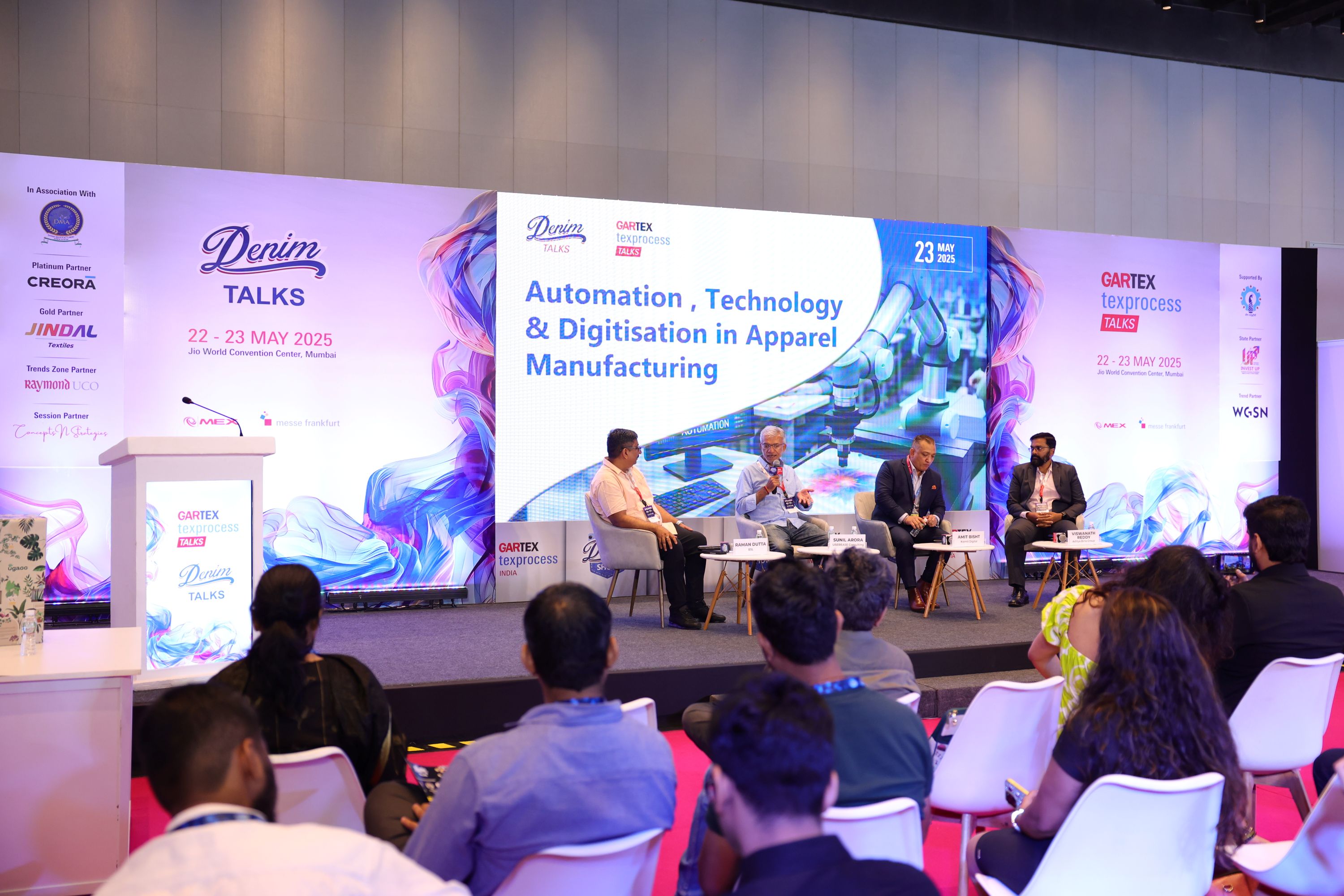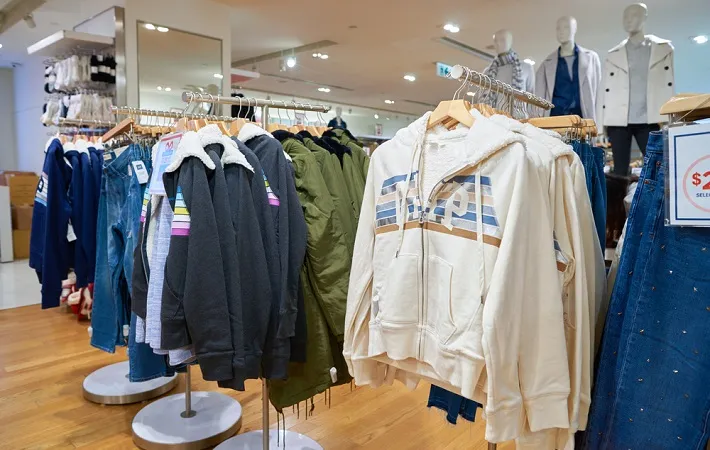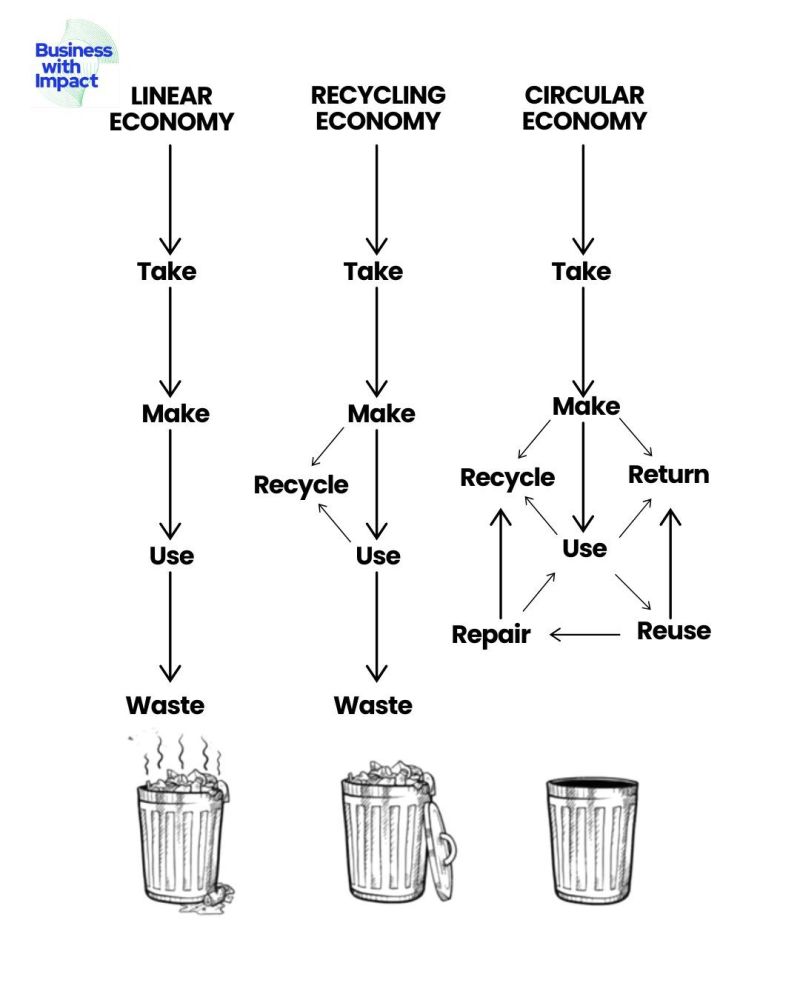"Call it smart clothing or functional fabric, these innovations are ground breaking. Electrical engineers, software developers, manufacturers, and fashion designers have all collaborated to merge the age-old industry of textile materials with nano-technology and the Internet of things (IoT). Today’s smart fabrics are far more complex than a blend of wools, cottons, and polyesters. They incorporate a variety of metals, fiberglass, and ceramics."

A lot of innovation has crept into textiles sector with the use of digital technology. With the help of electrical and software engineers the face of the industry is changing fast. Soon smart technology will be quite literally woven into the fabric and clothes. Merging traditional textiles with cutting-edge technology to create a new frontier for both industries is the in thing in the US, and its spreading across the world with the ‘Made in USA’ tags.
Taking textiles to a new level
Call it smart clothing or functional fabric, these innovations are ground breaking. Electrical engineers, software developers, manufacturers, and fashion designers have all collaborated to merge the age-old industry of textile materials with nano-technology and the Internet of things (IoT). Today’s smart fabrics are far more complex than a blend of wools, cottons, and polyesters. They incorporate a variety of metals, fiberglass, and ceramics. Rather than being superficially glued together, these make up the basic elements of the fiber, itself. These innovative fabrics not just make a fashion statement but serve a much-needed purpose of safety and protection.

The textile industry is reinventing fabrics to allow them to collect and store data to address many unresolved human needs. Already, scientists have developed fabrics that react not only to the signals our body emits but also to the elements it faces. After collecting the data, high-tech fabrics can actually process that information. This means that the fabric will be able to see, hear, communicate, and store energy. Ultimately, the fabric will monitor the health of and heat or cool its wearer, accordingly.
Some clothing currently in the making include safety gloves for industrial businesses and body armor for the military. Weaving chips into the fabric of these items is practical for mountain climbers and athletes, as well as our nation’s defense. There are some amazing possibilities: like temperature-controlled uniforms for military and law enforcement, fabrics that are incredibly lightweight and durable, as well as flame resistant.
These technical textiles can forge protective gear for firefighters, rendering them impervious to flames, replicate the sensing capabilities of a smart watch, or detect when a wounded soldier needs to be treated with an antimicrobial compression bandage.
US government backs the initiative
With so many incredible possibilities, the US government is backing this initiative. The Obama Administration has just announced the new revolutionary fibers and textiles manufacturing innovation hub in Cambridge, Massachusetts, with a reported $2 billion in manufacturing research and development (R&D) investments. This leading consortium of 89 manufacturers, universities, and non-profits organizations by the Massachusetts Institute of Technology (MIT), will spearhead a new manufacturing innovation institute in partnership with the Department of Defense.
Having already brought in over $300 million in public-private investment from leading universities and manufacturers, this initiative aims to accelerate the revival of the US textile industry. It expects to generate over 50,000 jobs in multiple fields the next 10 years. Genevieve Dion of Drexel University examined future knitting capabilities and explains that, by adding conductive yarn to different types of knit structures, knitting as a digital fabrication can mimic 3-D printing.
According to Juan Hinestroza of Cornell University one of the big transformations of the 21st century is going to be taking fabrics and apparel and turning them from something that has a fairly low functionality into a functional high-tech industry. So, there are concepts like digital fabrication, the Apple watch wherein the material becomes the function with automatic abilities.
Just like the materials worn by Spiderman, Batman, and Wonder Woman, the average person will have almost super human abilities to keep themselves healthy and safe inside their clothes.By adjusting both the size and the space between nano-particles, Hinestroza’s team was able to control the interaction between light and matter, meaning we can make and control colors.
Weaving in Profits
As this exciting new innovation spans multiple industries, the investment opportunities are incredibly diversified. First, there are all of the integrated device manufactures and chip makers such as Intel Corp. Analog Devices Inc, and Texas Instruments. Then, there are designers and sellers of chips that outsource the manufacturing, such as Qualcomm and Advanced Micro Devices (AMD). Further, textile manufactures like International Textile Group, apparel companies such as VF Corp and Columbia Sportswear, materials businesses like Corning, as well as health and biotech companies like Amgen will all see major growth from the imminent success of smart fabrics.











